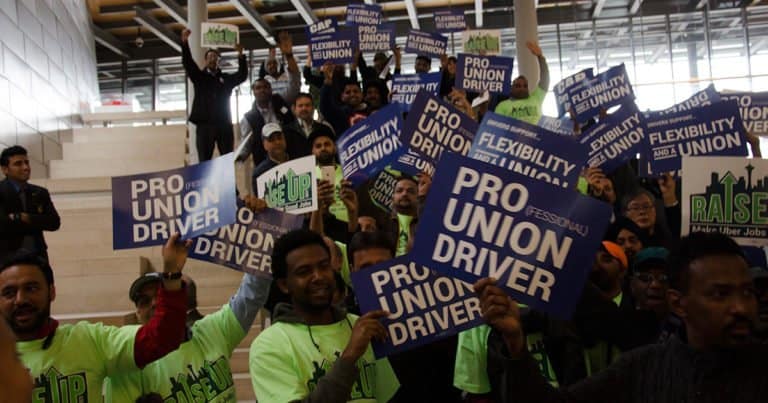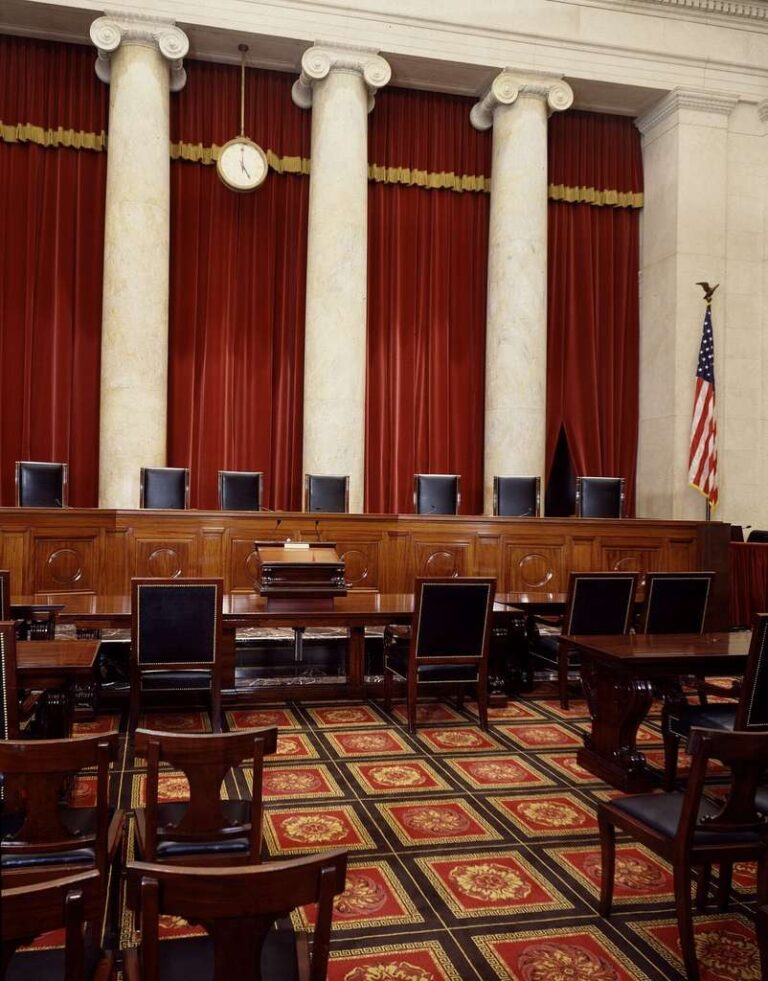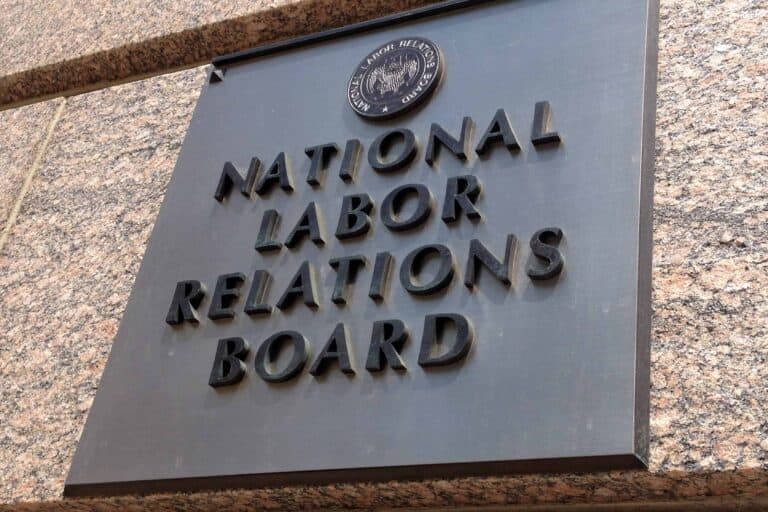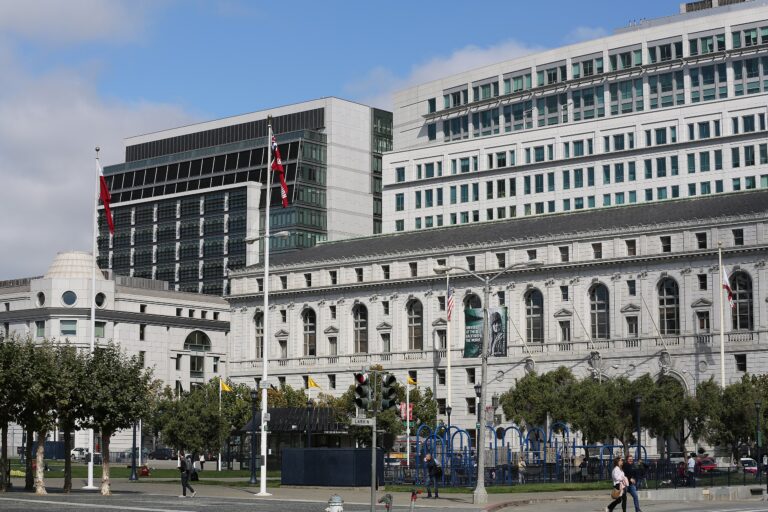Ross Evans is a student at Harvard Law School and a member of the Labor and Employment Lab.
On Saturday, The New York Times published an article detailing the historical context of Labor Day. In 1882, the first Labor Day parade was held in New York City, which was comprised of 10,000 workers on a one-day strike in efforts to obtain better working conditions and an eight-hour workday. While Labor Day was not a nationally recognized holiday until President Grover Cleveland made it so in 1894, states and municipalities began recognizing it as a local holiday in the 1880s.
On Friday, President Trump released his Presidential Proclamation on Labor Day for 2018. In the Proclamation, the President touts the “historic action [his Administration has] taken to advance prosperity for the American worker,” which includes tax cuts, business and environmental deregulation, immigration enforcement, and trade reform. President Trump praised labor unions as well, stating, “[w]e also recognize and honor the proud and historic role of our Nation’s labor unions in advocating for the interests of the American worker . . . .” John Bowden of The Hill described the Proclamation as “a rare message of praise for labor unions from a GOP president.” However, many dispute that Trump’s policies have, in fact, benefited workers. For example, in reaction to the Proclamation, Emily Hazzard’s ThinkProgress headline stated that President Trump was “troll[ing] American workers.” Similarly, Daniel Morowitz-Rabson, in a Newsweek article (which quoted our Editor in Chief, Professor Benjamin Sachs, on the Janus decision), wrote that “despite the rhetoric, Trump has decreased labor protections, rolled back worker safety and weakened federal unions during his presidency.”
Last week, The Wall Street Journal detailed how a pilot program at a women’s prison in Indiana is teaching inmates how to code in efforts to improve their post-release employment prospects and reduce recidivism. This same program has been implemented at six California correctional facilities, where all fifty of the program’s alumni are currently employed (and none have been sent back to prison).
While President Trump has suggested that the United States may move forward with a bilateral trade deal with Mexico, AFL-CIO president Richard Trumka has expressed doubts about the feasibility of a Canada-less trade deal. Specifically, Trumka stated that while NAFTA has been “devestating” for American workers, it nonetheless is “pretty hard to see how [a deal] would work without [] Canada . . . .”
The Wall Street Journal explains “Why West Virginia Metros Are the Nation’s Most Troubled Labor Markets.”
Happy Labor Day from the team at OnLabor!






Daily News & Commentary
Start your day with our roundup of the latest labor developments. See all
October 17
Third Circuit denies DOL's en banc rehearing request; Washington AG proposes legislation to protect immigrant workers; UAW files suit challenging government surveillance of non-citizen speech
October 16
NLRB seeks injunction of California’s law; Judge grants temporary restraining order stopping shutdown-related RIFs; and Governor Newsom vetoes an ILWU supported bill.
October 15
An interview with former NLRB chairman; Supreme Court denies cert in Southern California hotel case
October 14
Census Bureau layoffs, Amazon holiday hiring, and the final settlement in a meat producer wage-fixing lawsuit.
October 13
Texas hotel workers ratify a contract; Pope Leo visits labor leaders; Kaiser lays off over two hundred workers.
October 12
The Trump Administration fires thousands of federal workers; AFGE files a supplemental motion to pause the Administration’s mass firings; Democratic legislators harden their resolve during the government shutdown.